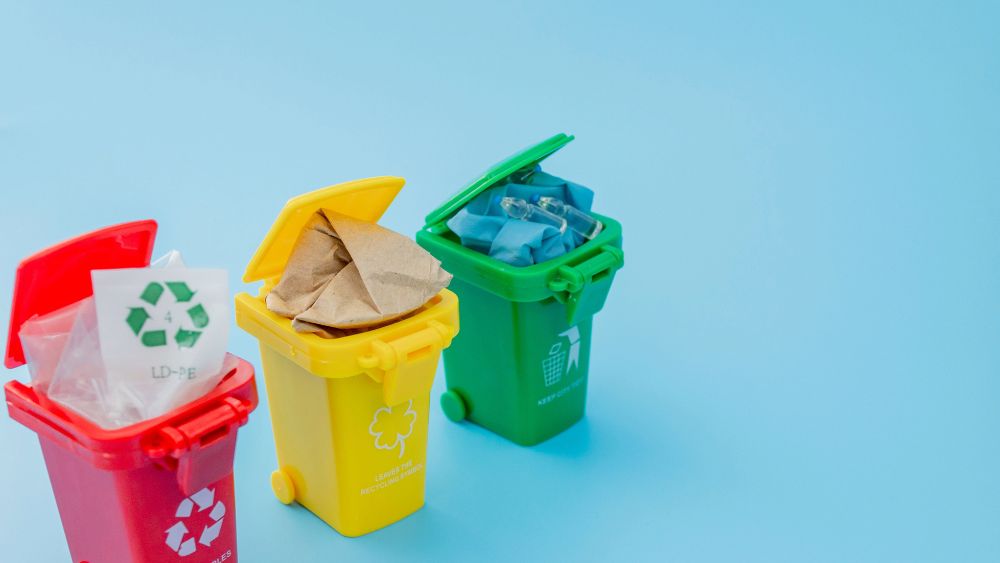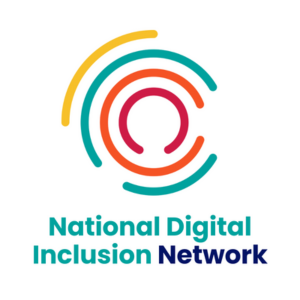Insights
INSIGHTS
All Topics
How recycling supports digital inclusion
We look at how charities can give their unwanted hardware new purpose and support people who are digitally excluded
Click to listen to the articleplay_arrow05:03
Almost half of UK families with children are on the wrong side of the digital divide, according to research from the University of Liverpool and the Good Things Foundation. These families lack the skills, devices, and services that would allow them to have meaningful participation in today’s digital society.
There are a number of reasons why an individual or group might be digitally excluded. They may not have:
- Access to the technologies and services that support digital inclusion – this might be down to affordability or service and product design that isn’t inclusive. Inclusive design is a major barrier for people with disabilities to access digital services
- A way of connecting to the internet or data services because of infrastructure or cost
- The digital skills needed to operate the devices and services they need
This lack of access can have far-reaching implications from not having a voice in the digital public square to financial exclusion and even reduced life expectancy.
On the flip side, the UK is the world’s second biggest producer of electronic waste. Businesses, including charities, are responsible for more than 200,000 tonnes of this waste, which includes devices such as phones. Deloitte estimates that in 2022, seven million smartphones, worth over £500 million were retained as spares when consumers and businesses upgraded models.
The charity sector has a role to play in balancing access to digital devices and reducing electronic waste – redistributing, recycling, and repurposing to help bridge the digital divide.
In the UK there are a number of sustainable options that charities can use for IT hardware that is no longer needed. We explore some of these options below.
Getting hardware devices repaired
The first step to prepare your charity’s unwanted devices and help close the digital divide is to think carefully about data. Make sure that any data stored on the device is backed up and stored in the cloud, ready to be downloaded to the new device. Once this is complete, be sure to delete all data from the original device – particularly any sensitive personal data.
Recycle your devices
Here are a few options your charity could consider for recycling any unwanted devices and other IT hardware.
Donate to the National Device Bank
The Good Things Foundation describes the National Device Bank as, “the secure, sustainable and socially responsible solution for corporate IT asset disposal”.
The bank refurbishes devices and distributes them to people who cannot afford to buy them. It accepts donations from organisations of all sizes in all sectors.
Donate your devices to another charity
Some charities with retail operations accept donations of electrical items such as smartphones and tablets for resale. Barnardo’s, Emmaus, The Salvation Army, British Heart Foundation, Oxfam, and Scope all accept donations of unwanted devices, for example.
Sell your unwanted electronics to raise funds
Second-hand electronics do have value and can be sold to help raise money for your charity. Listing items on Gumtree, Facebook Marketplace, or eBay will attract buyers quickly and easily.
Find your closest recycling location
Save unwanted devices from becoming e-waste by recycling them safely and responsibly. You can find a UK location near to your offices or the locations of your remote workers using this map.
Get new and second-hand devices to the community you serve
If digital exclusion is an issue for the community you serve, your charity can help. You could repair any older or broken devices that your staff are no longer using and distribute them to your service users. Researching and applying for tech lending schemes could be another option to help the people you support to access the technology they need.
Repair your devices and re-use them
Many manufacturers now offer repair services as part of sustainability programmes, so it’s worth checking if this is an option. If not, you can also search for repair services in your area of the UK on this map.
Find tech lending schemes
Tech lending schemes distribute new devices to people who find themselves temporarily digitally excluded. For example, a partnership between Virgin Media, O2 and the Tech Lending Community Fund made grants of between £55,000 and £83,000 to five UK organisations for 1,000 tablets.
These tablets were distributed to digitally excluded groups in UK society such as women in refuge from domestic violence, people at risk of homelessness and refugees.
The devices supported people to learn digital skills, manage their healthcare, look, and apply for jobs and connect with their support networks. Like all organisations, charities have a role to play in supporting digital inclusion.
Developing sustainable practices for your IT infrastructure and considering the inclusion needs of the community you serve could help prevent digital exclusion and reduce electronic waste.
Visit our Digital Inclusion Hub
Click above to visit our Digital Inclusion Hub and find help on reaching across the digital divide
Helen Olszowska
More on this topic
Recommended Products
Our Events
Q&A session: An introduction to Microsoft Copilot
Join us on the 14th of May for our Q&A session. It will provide a whistlestop tour of Microsoft Copilot’s key capabilities, how they can help charities, and answer all your burning questions around Microsoft’s AI service.
We use cookies so we can provide you with the best online experience. By continuing to browse this site you are agreeing to our use of cookies. Click on the banner to find out more.















